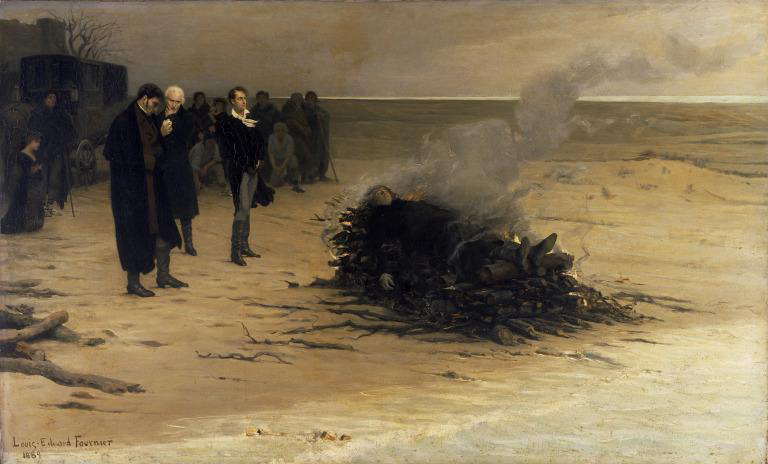
This is Art History, your weekly primer on the art world’s salacious past. From heists to heartbreaks, CULTURED brings you the most scandalous stories from the history books, guaranteed to dazzle your dinner companions.
Mary Shelley and Percy Bysshe Shelley
It's conceivable to imagine that Mary Shelley's fascination with the macabre manifested far beyond the bookends of Frankenstein, the fabled horror novel she penned at the young age of 19. Pair this presumption with the fact that her artistic prowess flourished during Gothic Romanticism’s flowering period, and suddenly the thought of the brilliant author stashing her late lover’s heart away no longer seems so absurd. In fact, there are plenty of examples of 19th century lovers going to odd ends to keep their sweethearts’ memories alive. Take Napolean for example. As death encroached, the legendary French leader opted to bequeath his heart, teeth, and hair to his beloved wife. (His privates, on the other hand, were left to his physician, though not by choice.) But in Mary Shelley’s case, the grisly question of logistics remains unexplained.
As the story goes, the body of Shelley’s husband, the poet Percy Bysshe Shelley, washed ashore after a deathly sailing accident off the coast of Italy. Soon thereafter, his body was cremated near the sandy bank where it was found. When the roaring fire finally burned out, what remained was not your typical skeleton; unbelievably, a petrified heart emerged from the ashes. An astounded Mary took the miracle as a sign of Percy’s strength and undying love, deciding to keep the heart stashed away in her desk drawer. There it would stay until her life's end, wrapped in sheets of Percy’s poetry.

Queen Victoria and Prince Albert
Till death do us part, or so they say. In Queen Victoria’s case, the passing of her beloved Prince Albert didn't stop the two from communicating for years after he was six feet under. After Albert’s death in 1861––just months after the death of the Queen’s mother––Victoria fell into a deep period of mourning. As was typical during the era, she adorned herself in funerary jewelry containing tiny photos of Albert and locks of his hair, in an effort to keep him close. Little did she know, there was more power in mourning jewelry than others had let on.
One day, in the throes of the Queen’s sadness, a psychic medium appeared. He was a 13-year-old boy who claimed to be in communication with Prince Albert’s spirit. When a séance ensued, Victoria was shocked to hear the ghostly voice use a particular form of endearment only known to the former lovers. The voice of Albert indeed! Having discovered a new way of processing her grief, the Queen continued to invite the otherworldy teen to Buckingham Palace time and time again, even consulting––as the story goes––her late husband on political matters.
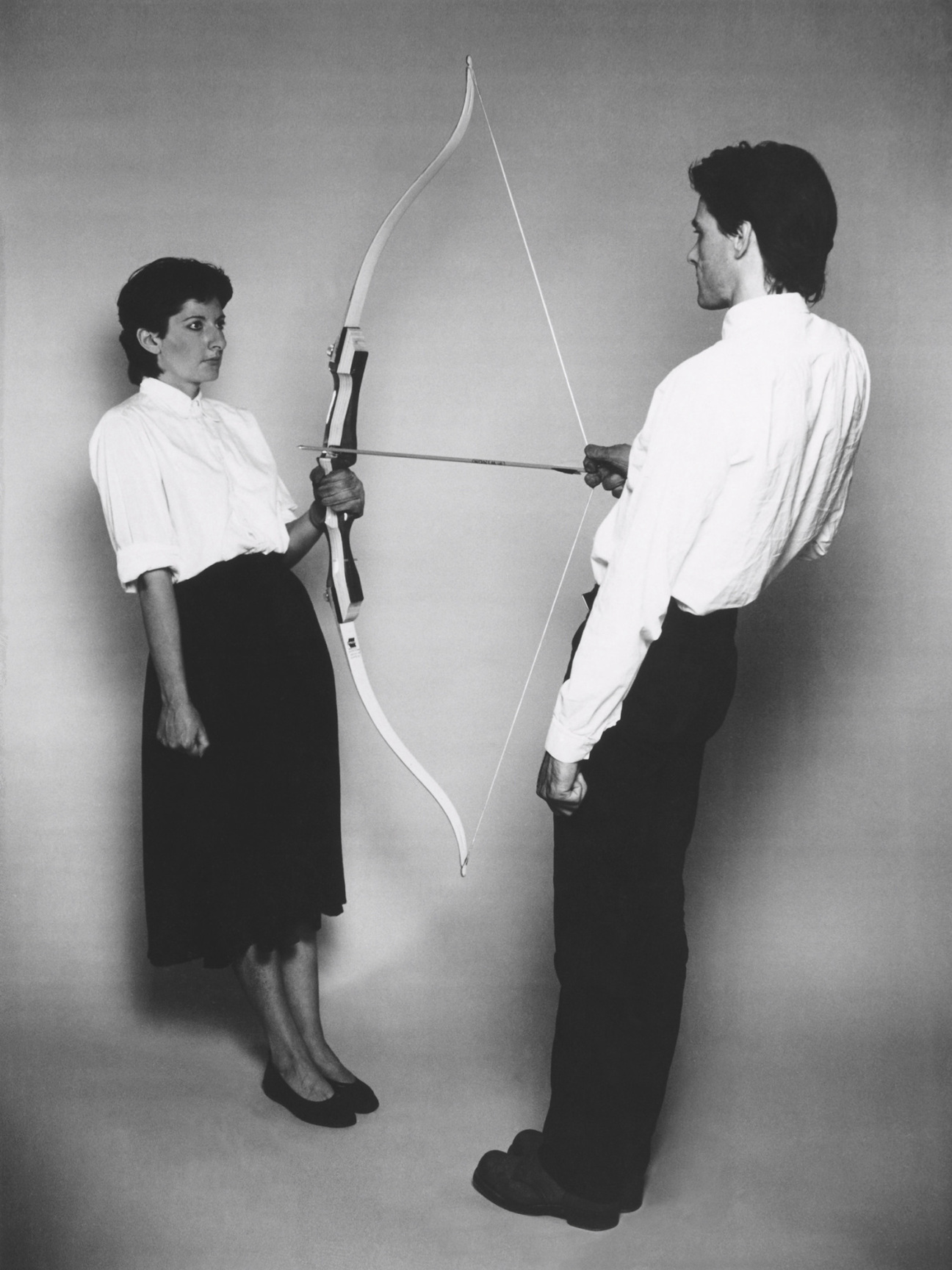
Marina Abramović and Ulay
Many a lover would refuse to let their better half hold a bow and arrow to their heart, even if they claimed to never let it go. And yet, this fearless performance artist duo––former lovers––did just that, putting their mutual trust to the test. In Rest Energy, a 1980 performance piece memorialized on film, the artists held a bow and arrow aimed daringly at Abramović’s heart. Meanwhile, two small microphones tracked their heartbeats, which peaked as the threat of death drew close. Who said performance art couldn’t push the boundaries of love?
Though the trust between Abramović and Ulay was perhaps stronger than most, their relationship was not tumult-free. Their final collaboration together—ironically named The Lovers—may have made for a stellar work of art, but it also reflected the oddities (and theatrics) characterizing their partnership. Initially, the project entailed the two artists walking the Great Wall of China, starting from separate ends and meeting in the middle for a marriage ceremony. However, during the five years that it took to get permission for the piece, the lovers grew apart. Thus, the performance piece transpired differently than Abramović and Ulay pictured; their union in the Great Wall’s center marked their divorce.
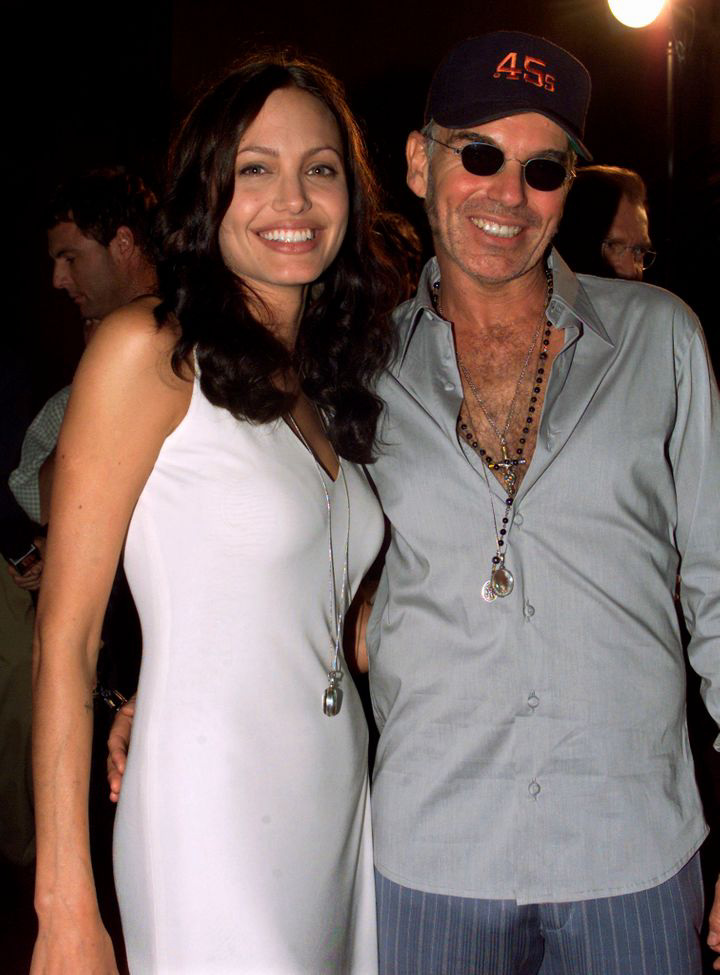
Angelina Jolie and Billy Bob Thornton
While Angelina Jolie and Billy Bob Thornton were married for just three years, their infamously eccentric relationship solidified pop culture’s obsession with extreme love. Apparently, vowing a lifetime of commitment to each other on an altar was not a sufficient form of devotion. Instead, in a rather unusual display of their union, the actors wore vials of each other's blood around their necks as a token of their love. Naturally, their first public vial-wearing appearance sent the tabloids—and the nation—into a tizzy.
But according to a statement Thornton made 15 years later, the media went overboard, blowing the whole ordeal out of proportion. Instead of vials brimming with blood, the actors had simply purchased a pair of lockets and smeared them with tiny drops of blood after pricking their fingers. "It was that easy,” Thornton told People in 2018. Whether Thorton was telling the truth or backtracking to cover up the dark depths to which he went for romance, we may never know.

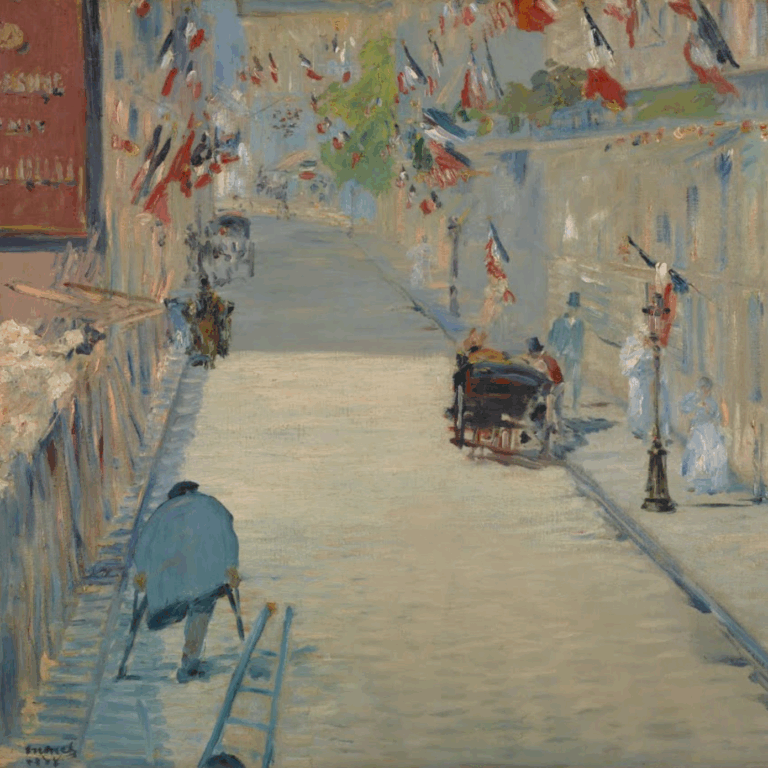
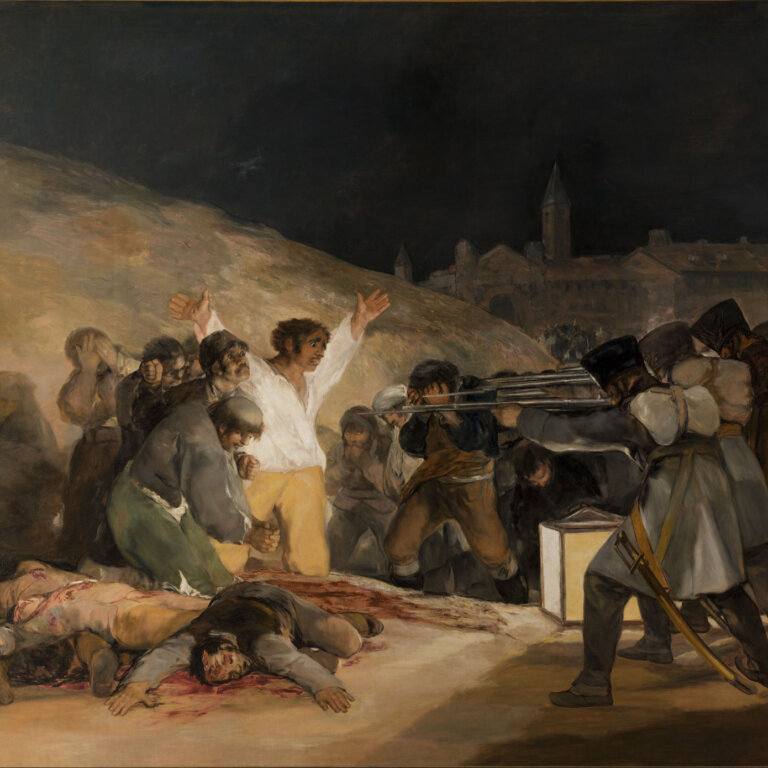
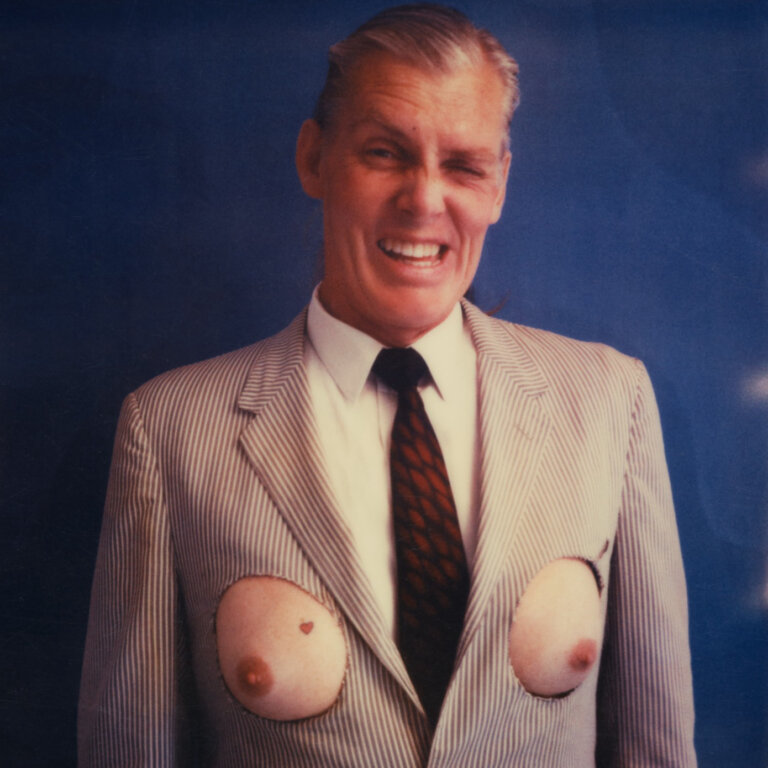

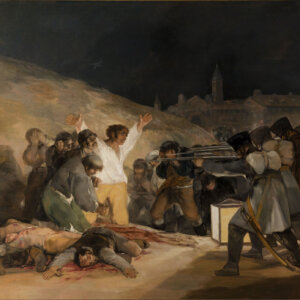




 in your life?
in your life?

